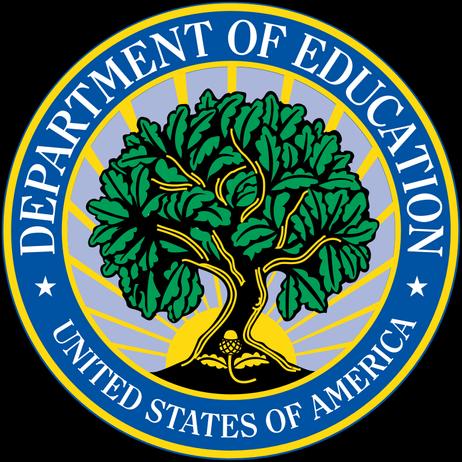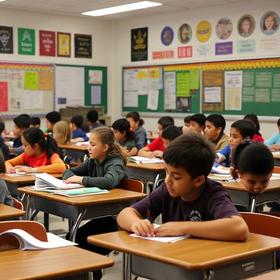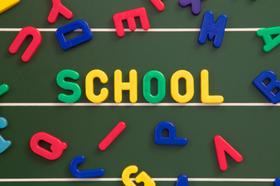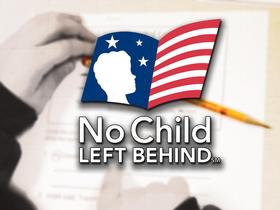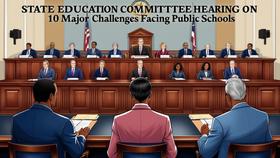How Well Are Public Schools Adapting to Your Child’s Learning Style?
Introduction
For years, educators have recognized that children learn in different ways—visually, auditorily, through movement, or through reading and writing. Today, more than ever, schools are expected to adapt to these diverse learning styles. In 2025, however, research also cautions against rigid “style matching.” This article examines current trends in how public schools are addressing the challenge with clarity and a forward-thinking mindset.
The Changing View: Learning Styles—Myth or Motivation?
While the concept of learning styles remains influential among educators and parents, recent scholarship emphasizes that rigid matching to a preferred style doesn’t necessarily boost academic outcomes. A clear overview of this controversy can be found on a University of Michigan resource questioning the learning-styles myth.()
At the same time, flexible and inclusive learning remains essential. A 2024 study published in ScienceDirect demonstrates that differentiated instruction—customizing content, assessments, and methods—boosts engagement and learning.()
What’s New in 2025: Adaptive Teaching in Practice AI and Personalized Learning Tools
Personalized learning technology is expanding rapidly. As of 2025, the AI education market is valued at $7.57 billion and is projected to skyrocket in coming years.()
These technologies—including adaptive platforms like Squirrel AI or Microsoft’s Reading Coach—enable educators to tailor instruction based on individual student needs and performance patterns.()
Flexible Learning Environments
Schools increasingly





